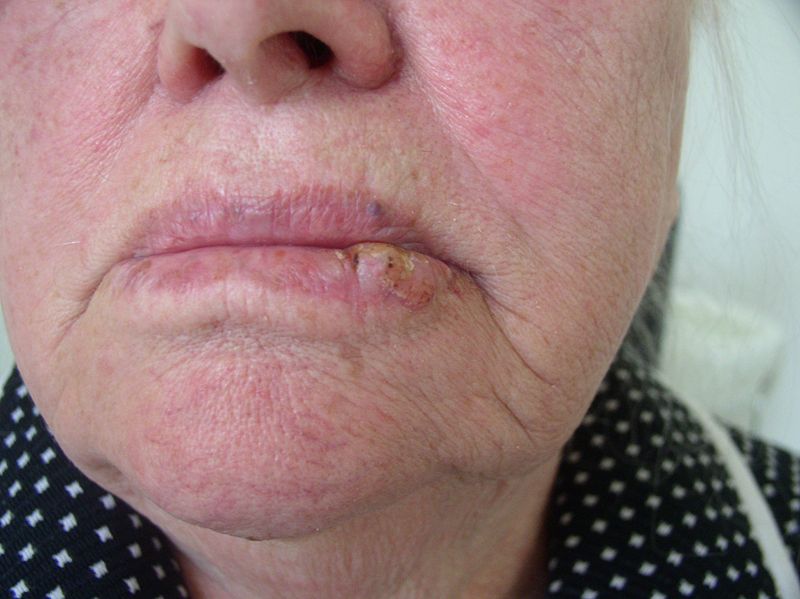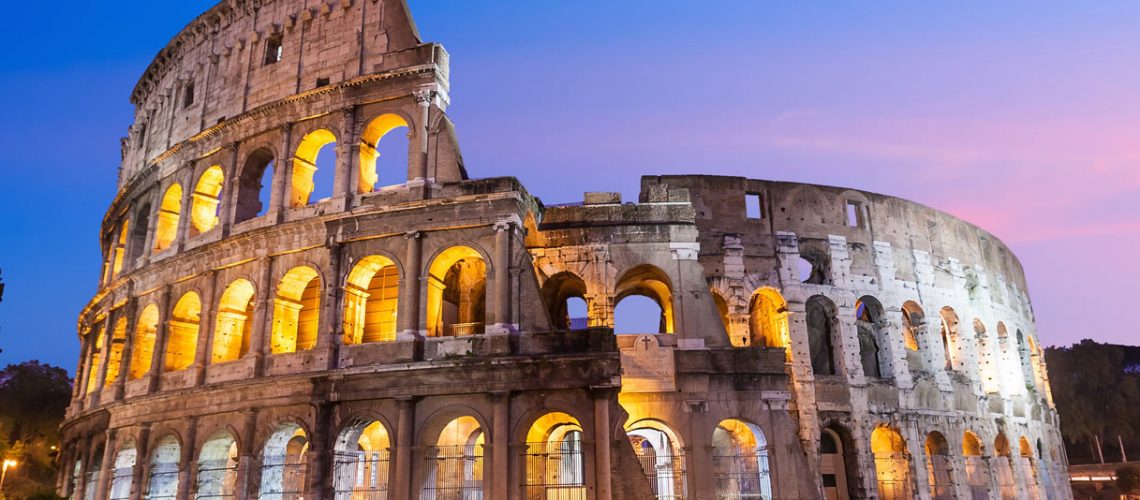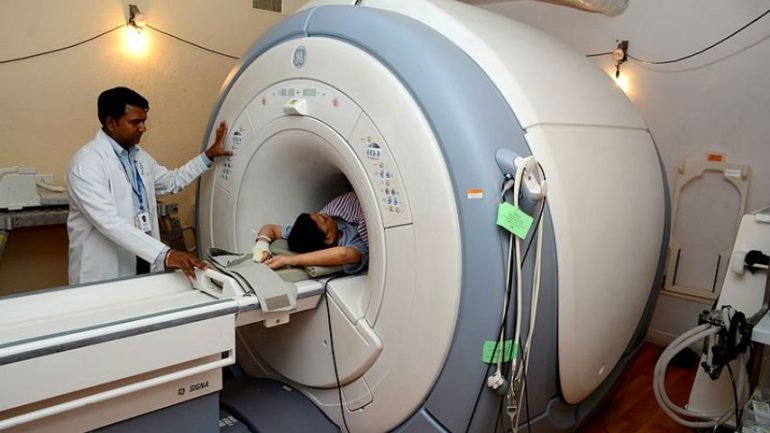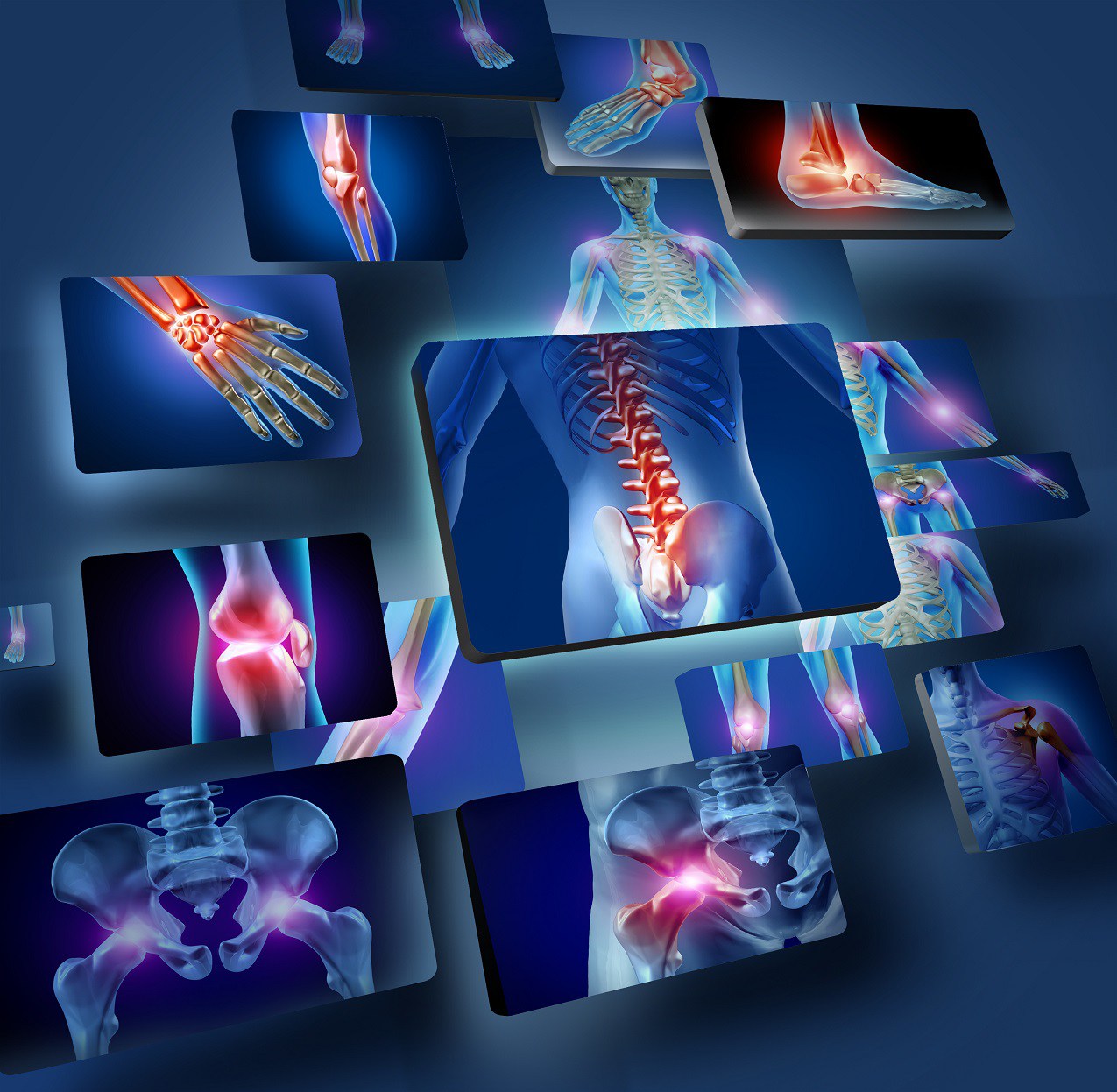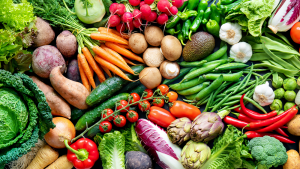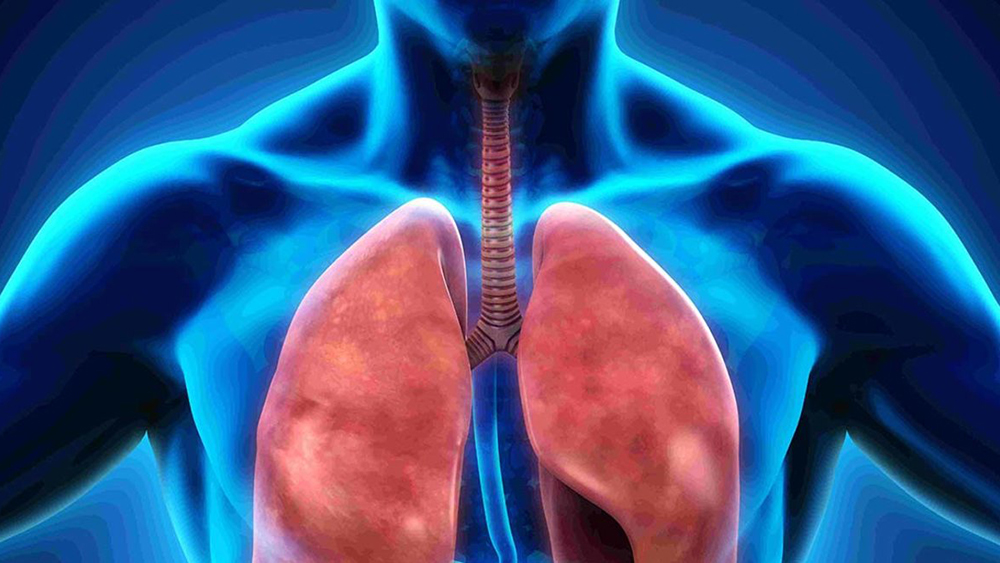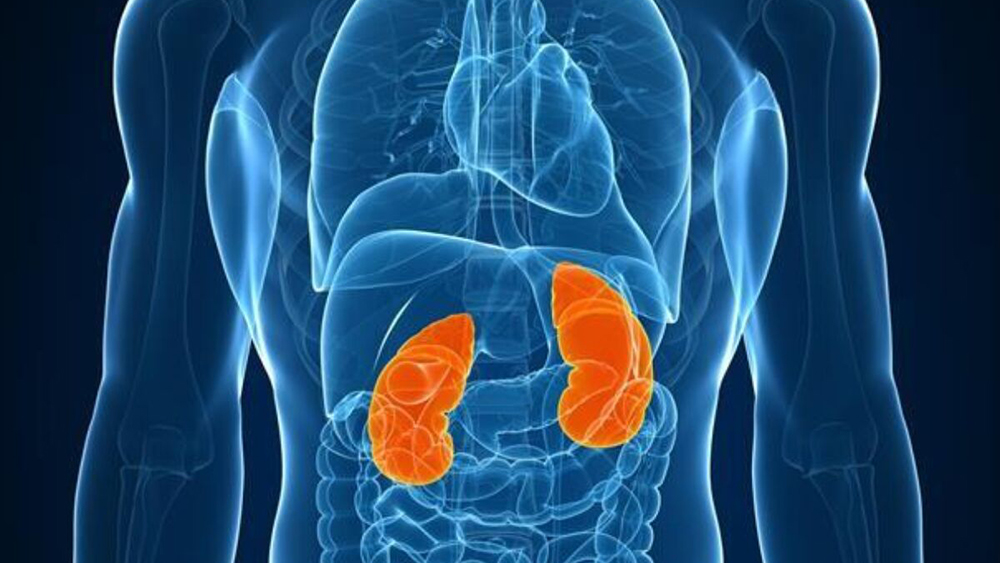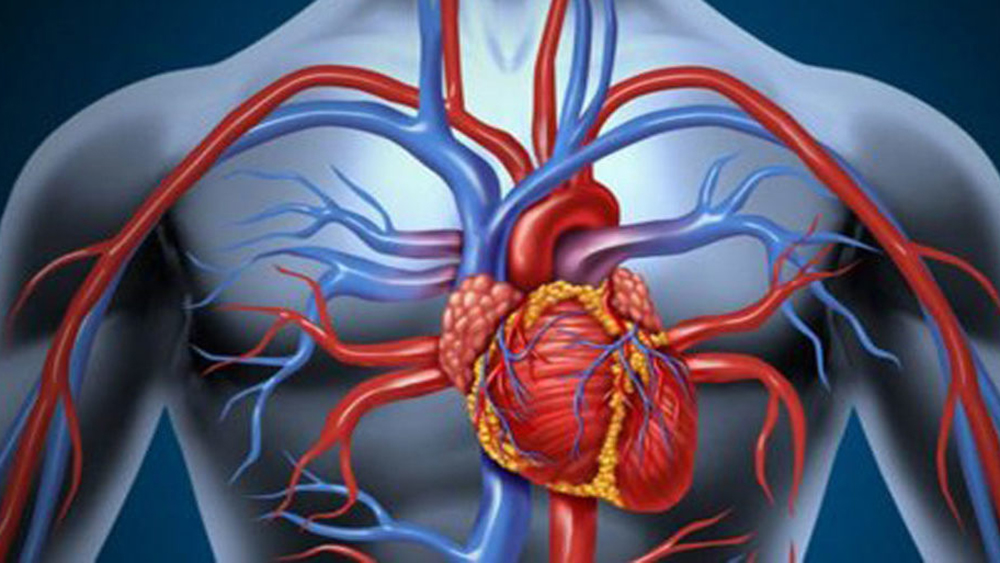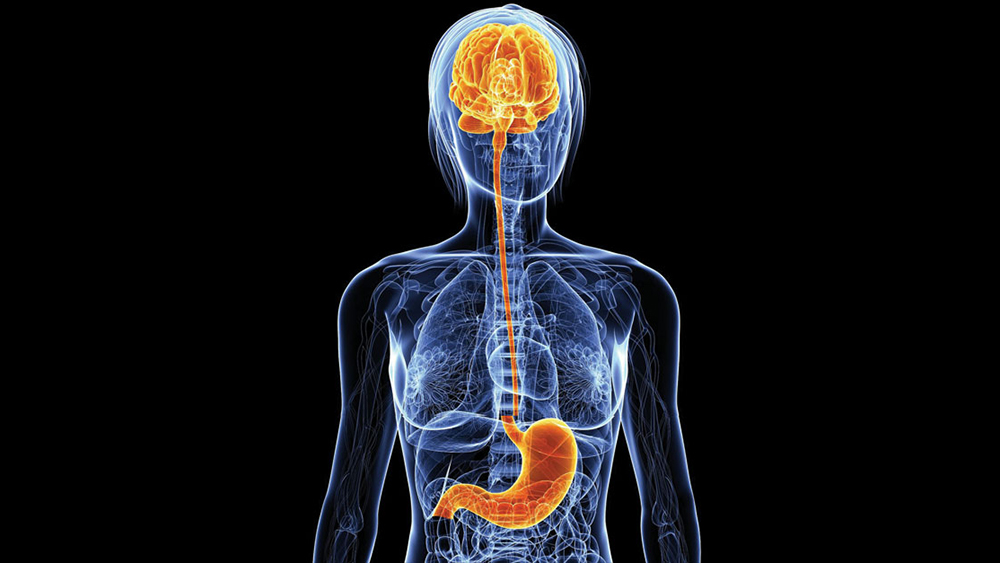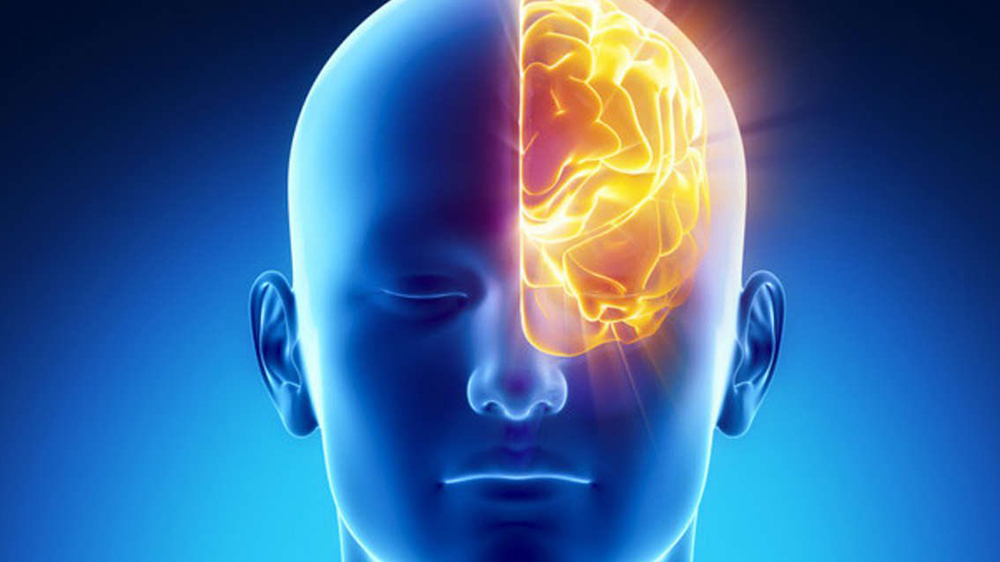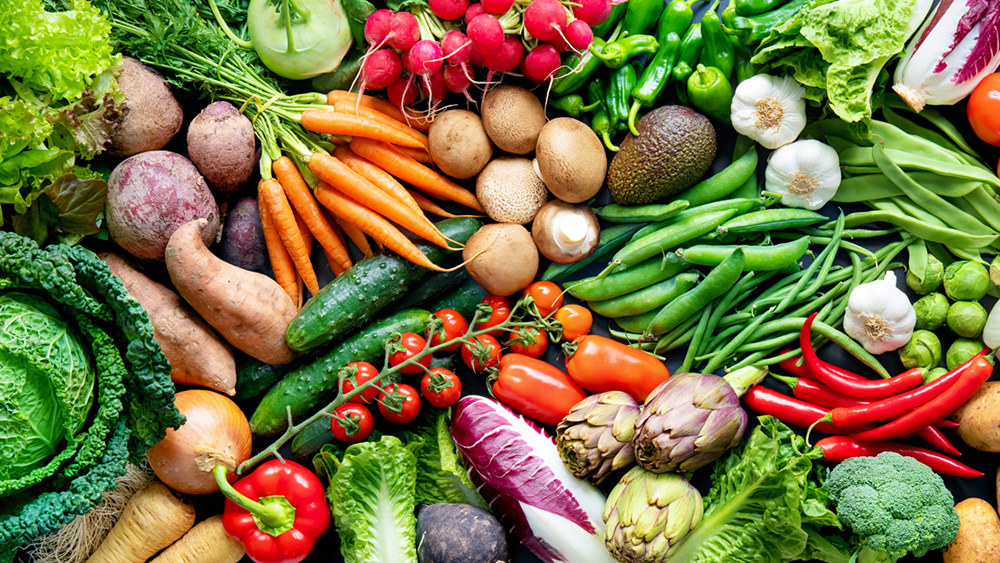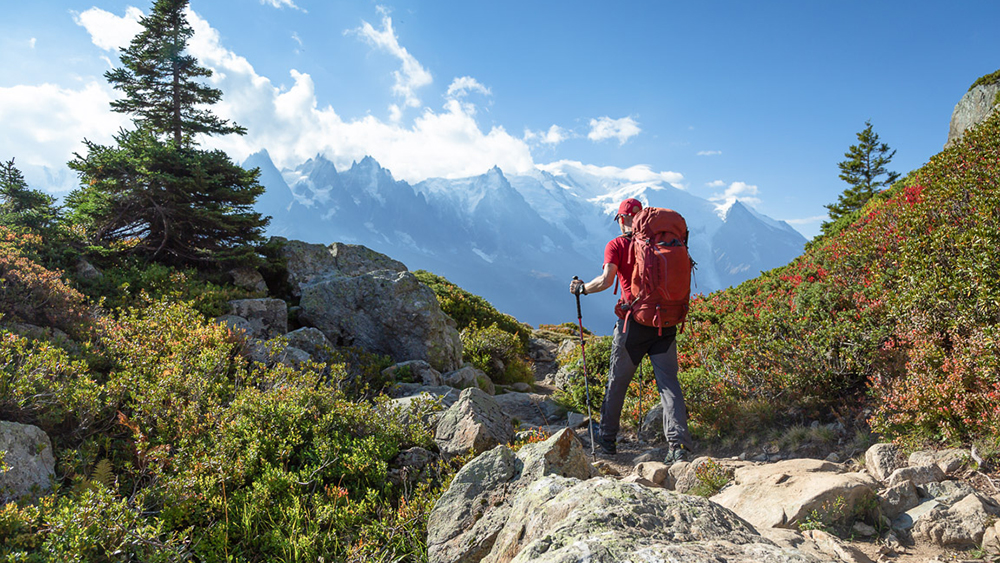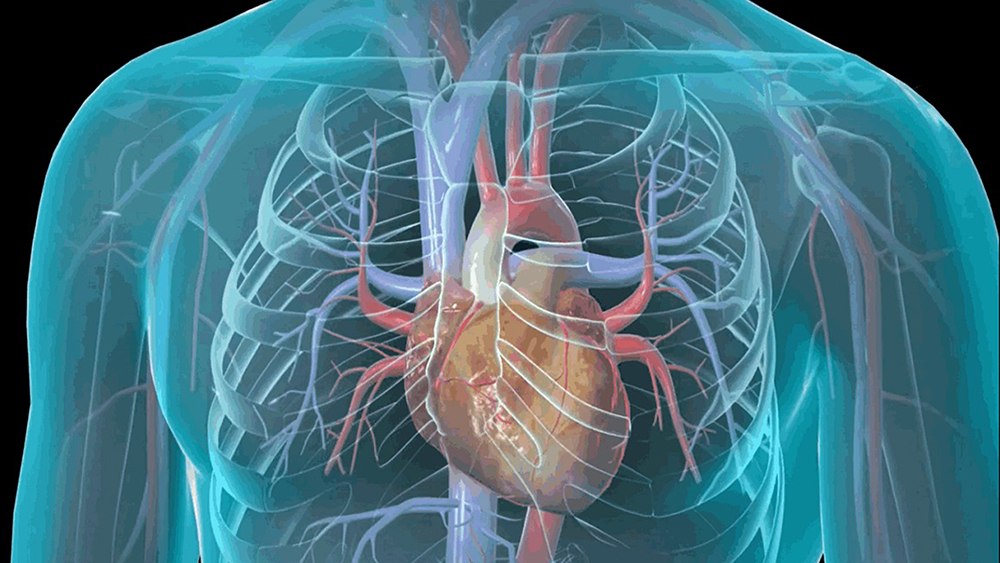Finally some good news: Italy, which partly thanks to its 53 UNESCO sites is the first country in the world in terms of availability of artistic-cultural heritage, is among the top three countries where we recommend traveling in 2018, confirming the strategic role that tourism plays in our economy.
NRC data
Released Tuesday, Feb. 13, in Milan, data from the 21st Report on Italian Tourism edited by the Research Institute on Innovations and Services for Development of the National Research Council (Iriss-Cnr): they indicate a record 117 million arrivals in 2016 (3.5 million more than in 2015), confirming the positive trend Of previous years. About 40 percent of visitors are foreigners: led by Germany with 56 million visitors, followed by France and the United Kingdom. The most visited regions are Veneto (22 percent), Tuscany (12 percent) and Lombardy (11.2 percent).
In detail: in 2016, tourism consumption in Italy amounted to 93.9 billion euros, of which 36.4 billion was attributable to foreign demand (38.7 percent of the total) and 57.6 billion to domestic demand (61.3 percent). The added value generated stood at 103.6 billion euros, more than three times that produced in the agribusiness sector and more than four times the wealth generated by textiles and apparel.
An outstanding result
The positive trend is also reinforced by provisional data for the first half of 2017, which reveal increases in arrivals and presences of 5.5 percent and 7 percent, respectively, compared to the same period last year. On a similar trend is the forecast for 2018, which indicates a further progress in arrivals of 4 percent.
Foreign admissions show a steady positive trend with an average annual rate over the five-year period from 2011 to 2016 of +2.5 percent (between 2015 and 2016 +3.5 percent). In particular, Germans, with about 56 million admissions, hold the largest share (28.4 percent), followed by the French and tourists from the United Kingdom, who, with about 13 million admissions, stand at 6.7 percent and 6.5 percent. It should be noted that about 70 percent of the foreign presence is concentrated in six regions: Veneto (22 percent), Tuscany (12 percent), Lombardy (11.2 percent), Bolzano Province (10.8 percent), Lazio (9.8 percent) and Emilia-Romagna (5 percent). Thus, the growth in domestic tourism, from the peak in attendance recorded in 2014-2015 (+4.5 percent), shifted between 2015 and 2016 to a much smaller increase of 1.6 percent.
“These dynamics represent the result of the combined effect of exogenous factors, related to economic crises, natural disasters or terrorist attacks, and structural changes in the sector,” says Iriss-Cnr Director Alfonso Morvillo, editor of the report along with Emilio Becheri and Roberto Micera-.These include: the emergence of new forms of receptivity in the tourism market as a reflection of the spread of the sharing economy; the affirmation of reintermediation through Online Travel Agencies; the implementation of strategies to support villages for the enhancement of inland areas and for the recovery of areas affected by the earthquake; and the emergence of new segments, both as an evolution of traditional markets (landscape tourism and fandom tourism) and as niche phenomena, which are developing (tourism of new family groups, shopping tourism, luxury tourism).”





